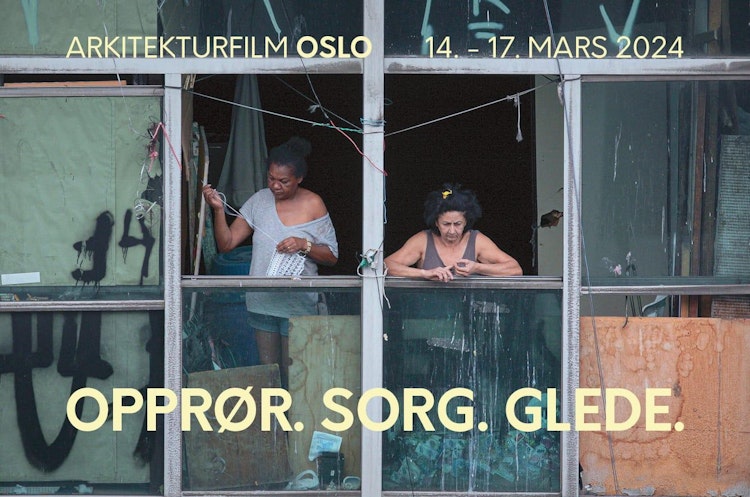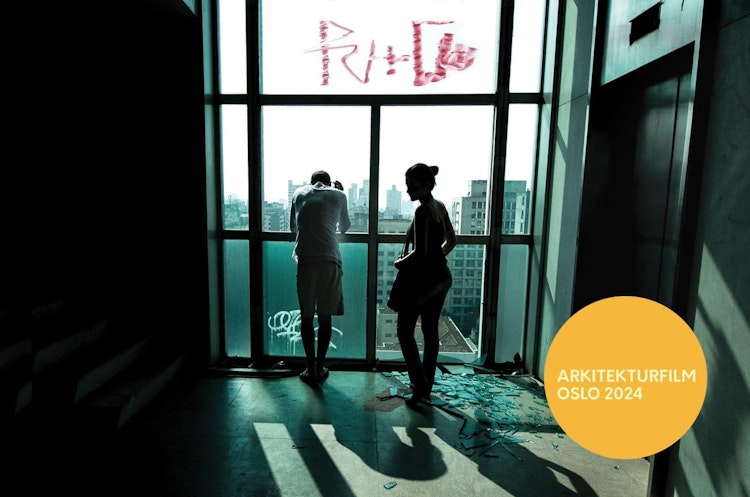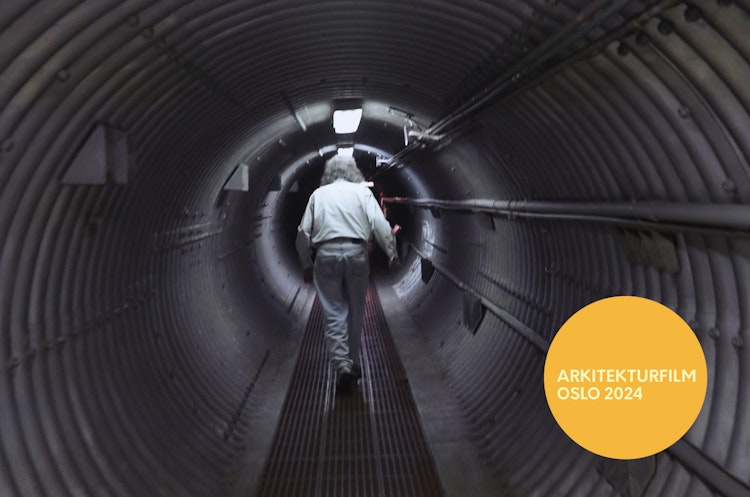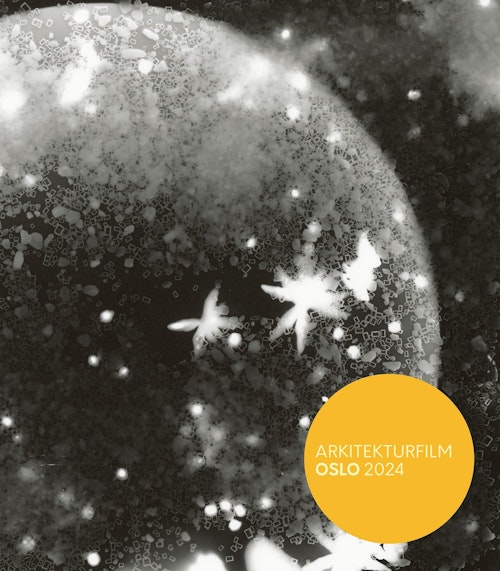This year's theme explores architecture and urban spaces as sites and frameworks for rebellion, grief, and joy. Architecture and places are usually created with intentions. The design aims to encourage or discourage behaviors and actions. Regardless of the intention, the controlling nature of architecture is present. However, rebellion, grief, and joy are elements that disrupt control and demand expression and freedom. When confronted with these forces, architecture and places can be transformed and reprogrammed. The films selected this year show architecture and places where rebellion, grief, and joy unfold, as well as how these forces can shape architecture and places.
The three forces were chosen because of their kinship and reprogramming nature. Grief can lead to rebellion; grief over lost nature, grief over lost homes, grief over personal fates. In the documentary "Skin of Glass," the filmmaker processes grief over his deceased architect father by studying one of his father's greatest works, only to discover that the building has been occupied by the homeless. Here, architecture is a site for personal grief and political rebellion. Joy, on the other hand, can also be understood as a form of rebellion, especially in cases of oppression and misery. In the documentary "Kiki," this is demonstrated in the streets of New York and in ballrooms. The portrayal of queer people of color dressing up in their best costumes to compete for prizes is a powerful celebration of living authentically in a world where their existence is threatened politically, legally, and in everyday life.




















